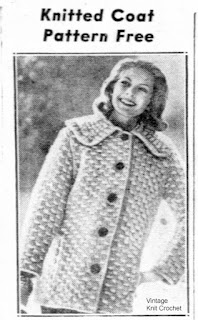Lovely Supra Mohair, an exquisite, soft brushed yarn imported from Italy in a beautiful range of colors. For dress sweaters and jackets in 19 hues. The imported yarn was branded by Bernard Ullman under all three of the associated brands - Bear Brand, Botany and Fleishers.
1-3/8 oz skeins (100% Goat Mohair in 80 yard balls)
Needle Sizes 8 to 10-1/2
Bulky, 12 ply
This is a great comparison photo, which I should be helpful in searching out replacement yarn.
The yarn was introduced at $1.79 per ball. As was typical however, it was available 'on sale' at most independent yarn shops.
In the typical fashion of Bernhard Ullman, free pattern promotions were splashed across the country. This concept was, of course, a dual win for both the brand, as well as the local shops who supplied the materials to interested knitters. Numerous ads appeared for each of the represented brands - Botany, Bear Brand and Fleishers. Each with a separate pattern selections.
Here's another under the Fleishers name. The hat, on the left, was also published in Bernhard Pattern Book 92 -- Hats, Hats, Hats.
In the Northwestern markets, Supra Mohair Yarn was also marketed under the Bucilla label. (Bucilla being the alternate company name of Bernhard Ullman).
Although Bernhard Ullman did not issue a pattern book solely devoted to the Supra Mohair yarn, it did make an appearance in several of their issues. Patterns were also featured in a couple of the Needlework magazines. When I come across them again, I'll update this post. (I always love the old magazine ads).
And on it continued ... sales announcements from individual shop owners coupled with newspaper pattern promotions .... until 1970, when the big slash sales took place to reduce the final inventory levels.
A good yarn .. yep. A supply of good vintage patterns out there ... yep. There are, of course, a few in the shop, should you care to browse. For a replacement yarn, with the above specs, try Google-ing something like 12-ply mohair yarn, and select one that meets the gauge of your pattern.
Thanks for dropping by,


















































